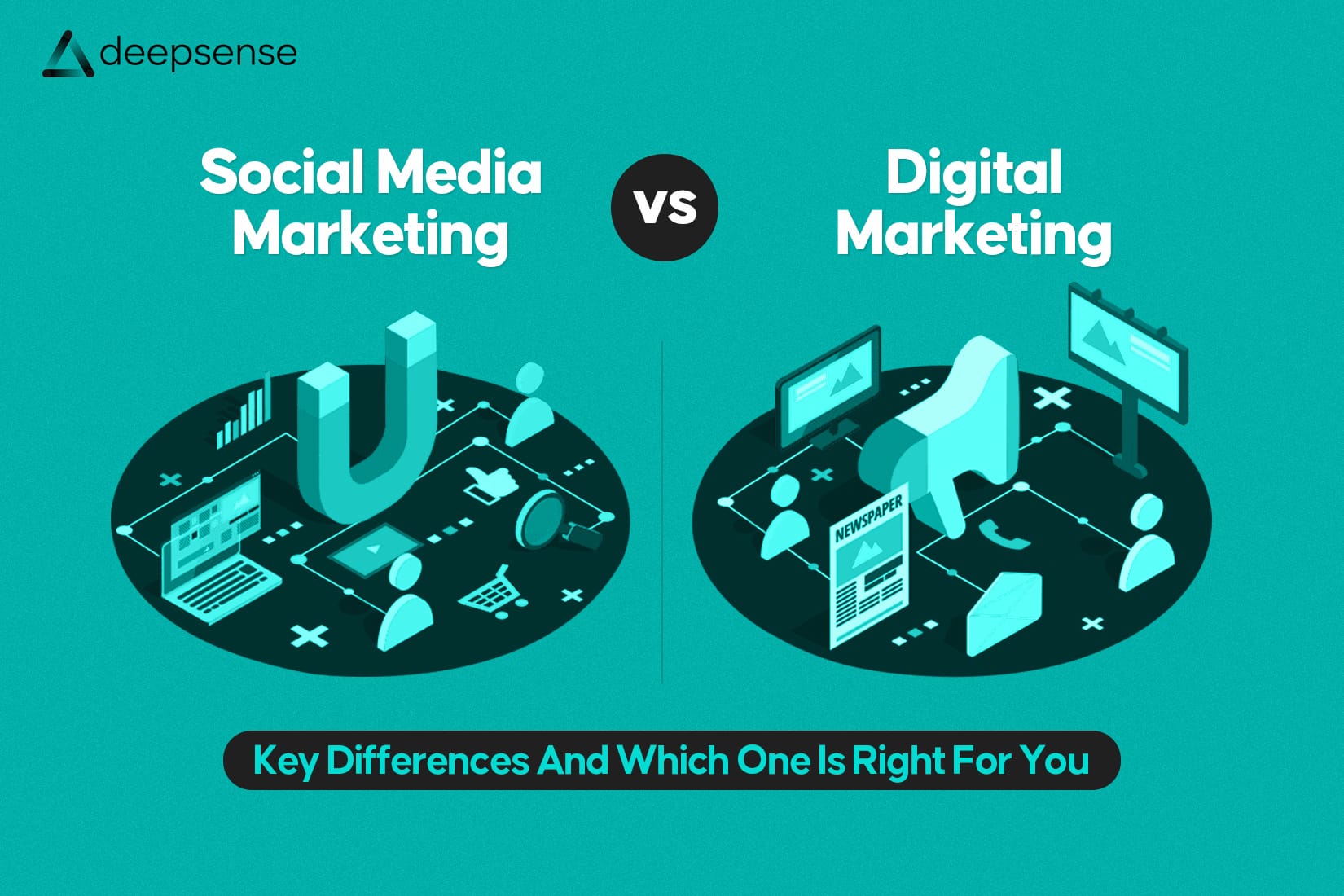Intro: Hold Up, What Just Happened to Google?
Ever notice how Google search results keep changing? It’s not just your imagination! Google recently made a quiet but mighty change to how it displays search results, and it’s sent a ripple through the SEO world. We’re talking about the &num=100 parameter – a small URL trick that used to let you see a whopping 100 search results on one page. Well, it’s gone!
Now, you’re back to the standard 10 results, often paired with that continuous scroll functionality many of us are familiar with. Why should you care? If you manage a website or work with SEO, this seemingly minor Google search update around September 2025 has significant implications, especially for the sophisticated SEO tools you rely on for SEO tracking accuracy.
Google’s Ever-Shifting Sands: A Quick History Lesson
Think of Google as a constantly evolving organism – it’s been tinkering with its search algorithms since its inception in 1996! From simple “link popularity” (who links to whom) to today’s AI-powered brainiacs, Google’s core goal has always been to deliver the best and most relevant answers to its users. This continuous effort profoundly influences how Google updates affect SEO strategies.
We’ve witnessed numerous famous updates over the years that brought significant changes in keyword rankings:
- Panda (2011-2014): Focused on penalizing low-quality content, spam, and “content farms.”
- Penguin (2012-2014, then continuous): Targeted webspam, particularly manipulative link schemes.
- Hummingbird (2013): Improved Google’s ability to understand natural language queries and provide more relevant results based on user intent.
- RankBrain (2015): An AI system introduced to help process and understand complex, ambiguous queries.
- BERT (2019): Enhanced Google’s understanding of how combinations of words express different meanings and intent.
- Helpful Content Update (First in 2022, now integrated into Core Updates): Shifted focus to promoting useful, original, and people-first content, penalizing sites created primarily to boost search rankings.
- AI Overviews (2024): Integrated generative AI to synthesize information into concise summaries at the top of SERPs, fundamentally changing the display of search results.
These aren’t just minor tweaks; Google rolls out thousands of changes annually, with several major “Core Updates” that truly shake things up. This ongoing evolution has seen Google move from simple “ranking factors” to a holistic “ranking system,” providing a more nuanced assessment of web content. The &num=100 parameter? It was an unofficial, handy little shortcut that just… existed for ages, letting SEO professionals peek at more results per page. Until now.
SEO Tools in a Tangle: The Current Headaches
The deprecation of the &num=100 parameter around September 2025 has had a significant impact of Google SERP changes on SEO tools. Many of the industry’s leading tools are now working overtime to adapt.
Disruptions to Rank Tracking
Imagine your favorite SEO tool suddenly needing to do ten times the work to get the same data. That’s precisely what happened!
- Increased Requests: Rank tracking tools, such as Ahrefs, Semrush, and Moz, previously relied on the
&num=100parameter to efficiently gather 100 search results with a single request. Now, they must make 10 separate requests (for 10 results each) to collect the same volume of data. - Operational Costs: This change dramatically increases their operational costs and complexity, potentially leading to slower data refreshes, data gaps, or even temporary inconsistencies in daily reports and SERP screenshots.
- Data Reliability: The reliability of SEO tracking data can be compromised, leading to
SEO data accuracy issuesand requiring re-evaluation of keyword performance metrics.
The Impression Data Conundrum
If you’ve been closely monitoring Google Search Console (GSC), you might have observed a noticeable decline in desktop impressions starting around mid-September 2025.
- Inflated Past Counts: The leading theory suggests that previous spikes in desktop impressions were partly inflated by bots from SEO and AI analytics tools loading pages with 100 results. A 100-result page would register significantly more impressions than a standard 10-result page, even if no human saw all of them.
- Truer Data: With the
&num=100parameter effectively disabled, impression counts are now believed to be a more accurate reflection of actual human user engagement. While this might look like a “drop” in GSC, your clicks and organic sessions might remain stable, indicating that real users are still finding your content effectively. This means GSC data is actually more accurate now.
Google’s Underlying Intent
Whi-le Google hasn’t issued an official statement saying, “We hate bots!”, the consensus among industry experts is that this move aims to:
- Limit Scraping: Make it harder and more expensive for third-party tools (and possibly rival AI models) to perform large-scale data extraction from SERPs.
- Improve Data Quality: Ensure that impression data more accurately reflects real human searches and interactions.
- Standardize Experience: Create a more controlled and uniform search experience for all users.
The &udm=14 Parameter: A Temporary Glimmer?
Some savvy SEOs have discovered an undocumented URL parameter, &udm=14. When added to a Google search URL, this parameter can temporarily display traditional organic search results without AI Overviews or knowledge panels. While interesting, relying on undocumented features is risky, as Google can disable them at any time. It offers a brief peek behind the curtain but isn’t a long-term solution.
Looking Ahead: How to Win in Google’s New World
The Google search update around the &num=100 parameter is a potent reminder that the digital landscape is in constant flux. Adapting SEO strategy after Google updates is not just recommended; it’s essential for survival and growth.
Prioritize High-Quality, User-Centric Content
Google consistently emphasizes helpful, original, and user-first content. Are you writing for humans or just for search engines?
- Focus on Helpfulness: Create content that genuinely addresses user needs, offers in-depth insights, and provides real value.
- Regular Audits: Keep your content fresh, accurate, and relevant. Outdated or thin content can negatively impact your rankings.
Embrace E-E-A-T
The E-E-A-T framework (Experience, Expertise, Authoritativeness, and Trustworthiness) is more crucial than ever, especially for “Your Money or Your Life” (YMYL) topics (e.g., health, finance).
- Demonstrate Experience: Show firsthand knowledge or personal interaction with the subject matter.
- Highlight Expertise: Ensure your content is created by knowledgeable individuals with relevant qualifications.
- Build Authoritativeness: Establish your brand as a recognized leader in your niche through consistent, high-quality output and external recognition.
- Foster Trustworthiness: Provide accurate, unbiased information, cite reputable sources, and maintain a secure website.
Optimize for AI-Powered Search and SERP Features
Search results are no longer just a list of “10 blue links.” Google’s SERP features are evolving rapidly.
- Target AI Overviews: Craft authoritative, well-structured content with clear headings, bullet points, and concise answers to increase the likelihood of being featured in AI-generated summaries. Structured data helps AI synthesize information effectively.
- Leverage Other SERP Features: Optimize for featured snippets, “People Also Ask” boxes, video carousels, and local packs – essentially, grab attention wherever you can on the SERP.
Rethink Your Measurement Metrics
Given the potential SEO data accuracy issues with impressions, shift your focus to more tangible metrics.
- Focus on Core Metrics: Don’t obsess over “impressions” if they appear to drop in GSC. Instead, focus on actual clicks, sessions, time on page, and conversions. These are the real indicators of success and user engagement.
- Adjust Keyword Tracking: Tracking
changes in keyword rankingsfor long-tail keywords beyond the first page might become trickier or more expensive. Prioritize optimizing for first-page visibility and diversify your tracking methods.
Stay Continuously Informed
The search landscape is dynamic.
- Monitor Google’s Channels: Keep an eye on Google’s official announcements (their Search Central Blog, Search Liaison on social media) and reputable SEO news sources.
- Regular Audits: Perform periodic technical SEO and content audits to identify and address any non-compliance issues or new opportunities.
The Bottom Line: Be a Google Chameleon!
Google’s search universe is constantly in motion. The removal of the &num=100 parameter is just another example of how Google keeps us on our toes. Instead of fighting it, embrace the change! Focus your adapting SEO strategy after Google updates on creating amazing, helpful content for your users, ensure your website offers an excellent user experience, and keep learning and evolving. That’s the best way to thrive in Google’s ever-changing world.











